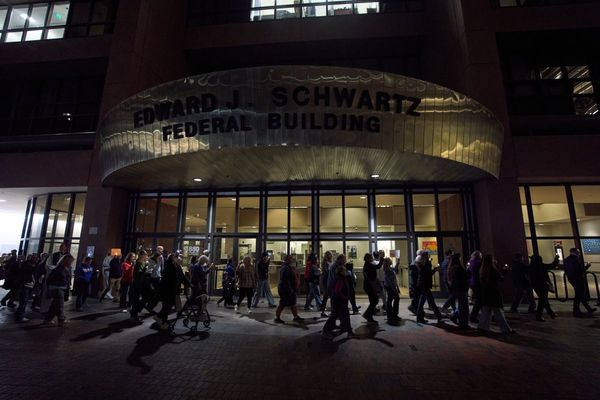
No one wants to be the car stalling out in the middle of an intersection. For a lot of people, you might not immediately realize why this is happening to your vehicle, which leads to costly guesswork. However, as a former mechanic, I can say that there is one surprisingly common (but overlooked) problem: the fuel pressure regulator. It’s a small part, but it can throw off the entire balance of your engine, leading to stalling out, misfires, or engine flooding. Here’s what you need to know about this issue and how to determine if your fuel pressure regulator has gone bad.
What Does the Fuel Pressure Regulator Actually Do?
First, let’s talk about what the fuel pressure regulator actually does. In short, the fuel pressure regulator manages the amount of fuel that enters the engine. It does this by maintaining optimal pressure within the fuel system. To put it in simpler terms, you can think of it as a faucet. It tapers the flow, ensuring the engine gets the perfect amount of fuel.
And when it is working right, it helps balance performance, efficiency, and emissions. But when it becomes overactive, it can let too much fuel into the engine, which upsets the balance of… well, everything. You will start seeing problems like rough idling, hesitation, and stalling.
How Overactivity Affects Engine Performance at Low Speeds
When your car is idling at an intersection, it requires a precise and steady mix of air and fuel. An overactive fuel pressure regulator throws this off by sending too much fuel, which “drowns” the combustion process. This leads to what’s known as a rich fuel mixture, which burns inefficiently and can choke the engine. That’s why your car may sound like it’s struggling or suddenly cut out when you’re at a stoplight. The issue tends to be less noticeable at highway speeds, where more fuel is needed, but becomes obvious in stop-and-go traffic.
Common Warning Signs of a Failing Fuel Pressure Regulator
Before your car stalls, it usually gives a few hints. Look for black smoke from the exhaust, which signals that unburned fuel is escaping. You might also notice a decrease in fuel economy, since your engine is burning more fuel than necessary. Rough idling, engine misfires, and a strong fuel smell are other red flags. In some cases, you may even get a check engine light triggered by rich fuel codes.
Why This Problem Gets Worse in Warm Weather
Warmer weather can make this issue even more noticeable. Heat can cause fuel to vaporize more quickly, and when too much vapor or liquid is present, your engine may struggle even more to maintain proper combustion. Combine that with slow-moving traffic and frequent stops, and you’ve got the perfect conditions for a stall. This is why summer months tend to see a spike in roadside assistance calls due to stalling issues. If your vehicle consistently hesitates or cuts off during idle in warm weather, the fuel pressure regulator should be one of the first things you check.
How to Fix the Issue Before It Becomes a Bigger Problem
Luckily, diagnosing and replacing a faulty fuel pressure regulator isn’t as complicated as some other engine repairs. Mechanics can test your fuel system pressure with a gauge to determine whether the regulator is working properly. If it’s the problem, it’s usually an affordable fix, often costing under $200 for parts and labor. Ignoring it, however, can cause long-term damage to your spark plugs, catalytic converter, and fuel injectors. Taking action early can prevent an annoying stall from turning into a full-blown engine failure.
Know the Signs Before You’re Stuck at a Green Light
Understanding how an overactive fuel pressure regulator affects your car’s performance could save you time, money, and even your safety. It’s one of those silent failures that creeps up, especially in slow traffic and warm climates, only making itself known when it’s too late. By learning to recognize the early symptoms and seeking professional help promptly, you can stay ahead of the issue. Your car deserves the right fuel balance to operate smoothly, and you deserve peace of mind every time you approach an intersection.
Has your car ever mysteriously stalled in traffic, only for the shop to discover a sneaky issue like this? Share your experiences in the comments and let others know what to look for before it happens to them.
Read More
7 Reasons Your Car’s Fuel Injectors Are Triggering Dashboard Lights You Ignore
How a Faulty Fuel Pump Could Leave You Stranded (Even With a Full Tank)
The post Why an Overactive Fuel Pressure Regulator Can Stall Your Car at Intersections appeared first on Clever Dude Personal Finance & Money.







